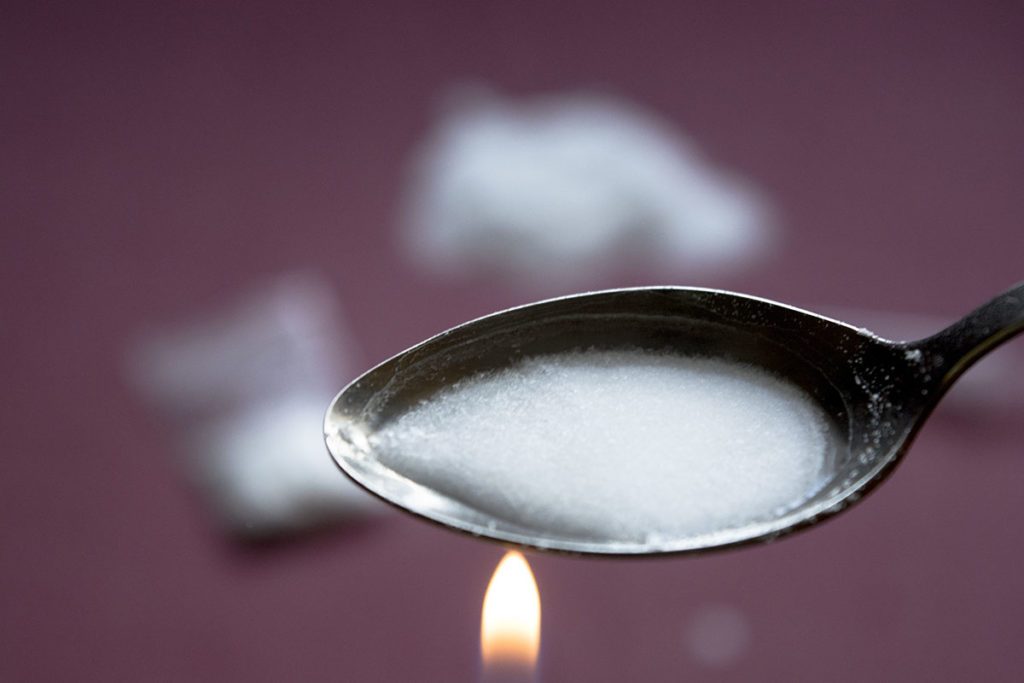Heroin’s an illegal and highly addictive opioid. There used to be the misconception that it was an inner-city drug. That’s not true. Today’s heroin epidemic has spread through all segments of the population.
Risk Factors for Abuse
Heroin’s easy to buy. You can get it at clubs, high schools, and anywhere else on the black market. The Centers for Disease Control and Prevention identify people between the ages of 18 and 25 as being high-risk. Although the heroin crisis primarily affects metropolitan areas, it’s not exclusive. Someone who abuses alcohol is twice as likely to be a victim of the heroin epidemic. Dependency on opioid painkillers increases the risk 40 times. Therefore, concurrent substance abuse is a good predictor of someone’s risk. To understand the heroin crisis, consider that the overdose rate increased by about 400% in recent years.
Medical Detox is the First Step to Recovery
Quitting an opioid habit is challenging. Because heroin is a nervous system depressant, it causes pain as the body regains equilibrium. As a result, many people relapse when they try to quit on their own. At a medical detox center, there’s a better chance of success. Medication-assisted treatment is the game-changer. It deals with the pain and discomfort. Besides that, it dramatically reduces cravings. Therefore, you’re able to make it through the week of withdrawal.
Addiction Rehab is a Tool for Overcoming the Heroin Epidemic
Education’s essential for adolescents and young adults who fall into the likely use demographic. However, a good-quality dual diagnosis treatment center Austin, TX can trust is instrumental in dealing with it. For starters, treatment catches people at their points of need. Besides that, it assists multiple demographics. A young adult who doesn’t receive treatment during the heroin epidemic may become an older user. Therefore, rehab for adults is a crucial tool in turning things around. Typical modalities include:
- Cognitive-behavioral therapy that focuses on areas of dysfunction the client tries to fix with substance abuse
- Dialectical behavior treatment that affects your ability to manage intense emotional impulses
- Dual diagnosis treatment for underlying mood disorders and mental health problems
- Trauma treatment, which enables you to process adverse situations from the past the right way
- Family counseling, which helps loved ones understand how to support you without enabling addictive behaviors
- Aftercare Helps You Continue the Path to Long-Term Recovery
Once you graduate from the program, you enter the aftercare phase. Almost all program participants appreciate the ability to participate in outpatient care. Many also enter sober living facilities. It helps them to practice healthy habits while going through daily routines. Therefore, it’s an excellent in-between tool. This is also the time to put newfound social skills into play. If you still have friends who use, you have to make some tough decisions. It’s easier when you have the support of peers who’re also in recovery. Learn more about the heroin epidemic today. If you or a loved one is in the midst of it, there’s help. Connect with Promises P.A.T.H today by dialing 844.875.5609 now.

